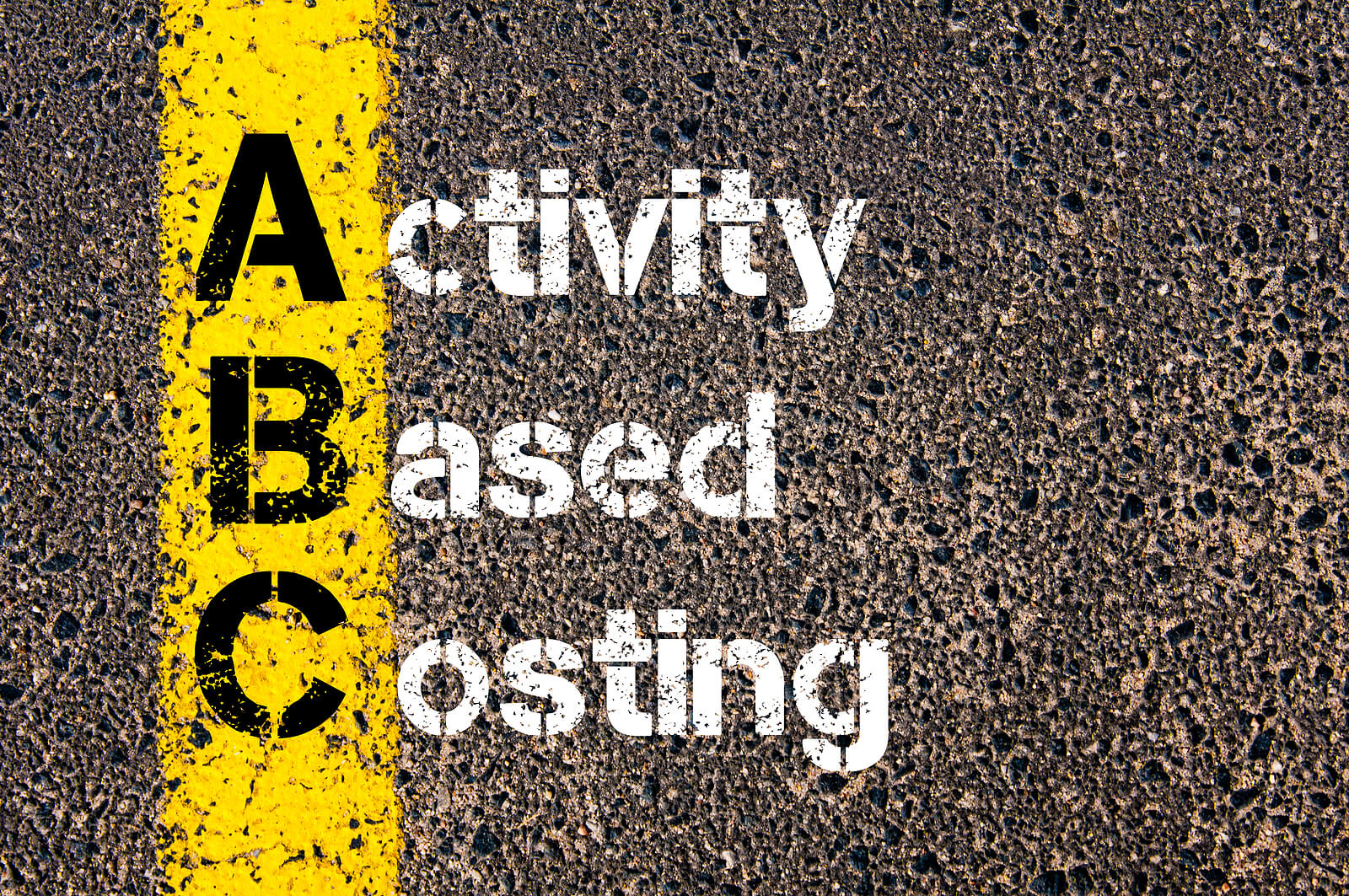
If you already know the ins and outs of activity-based costing, then congratulations—you’re already in the upper echelon of businesses everywhere, and you likely have a serious edge over your competition. If you’re not familiar with activity-based costing, keep on reading. What you’re about to learn will improve your business skills dramatically.
If you’re already familiar with product costing, then it may be easy for you to grasp the concept of activity-based costing—in certain ways, it’s a more advanced form of product costing, but it’s hugely important nonetheless. In its formal definition, activity-based costing (or “ABC”) is a method of assigning overhead and indirect costs—such as salaries and utilities—to products and services.
In plain English, it’s a way of determining additional costs during the sales process. The idea is to present a point of view that goes beyond sales and pricing, offering a fuller picture of how you should be pricing your items or services and how it all affects your bottom line. ABC can mean the difference between success and catastrophic failure. If not calculated correctly, it can lead to costly mistakes. Many new business owners aren’t able to properly account for the costs accrued during the process of making their sale, and as a result, they run into trouble early and often.
Let me give you an example: A few years ago, I had a client that owned a glass installation company. During one quarter, they saw a 50% increase in sales, which, on paper, is an enviable number. However, there was a strange discrepancy: During that same quarter, they saw a 25% decrease in their bottom line. On a surface level, this may seem impossible—how do your sales increase while your profits decrease?
After an ABC analysis of this client’s business, I discovered that this client had put a new type of glass on sale. The quality of the glass was high, and the pricing for the product alone was technically correct, but this particular type of glass took three times longer to install than normal. While the glass was appropriately priced, it was outmatched by labor costs, and as a result, they were losing 10% on every sale. To make matters even worse, they were having a 10% off sale that quarter. Sales were going up, but nearly all of them were at a loss. Ultimately, once the problem was identified, I was able to help them turn their business around, and their numbers improved dramatically.
There’s a principle in business that I simply can’t stress enough: Not all sales are profitable sales. If you sold all of your products for a dollar, your sales are virtually guaranteed to skyrocket, but you’re also guaranteed to lose money. You’re in business to make money, not sales. You need to look beyond your product and analyze every element of the sale.
Inevitably, you need to spend money to make sales, but what does that look like for you? How much are you investing in business expenses? Maintenance expenses? Advertising costs? Labor costs? Material costs? What about warranties? Realistically, if you truly want to make a profit, you have to look at everything. That’s what activity-based costing is all about. Paying close attention will put you leagues ahead of your competition.
While we’re on the subject of sales, I want to point out that putting your products on sale actually puts you at risk of cannibalizing other aspects of your business. Any item you put on sale is very quickly going to become one of your bigger sellers.
With that in mind, this means your other products, especially the ones on which you make the most money, aren’t going to sell as well as they normally would. This may be good for sales, but this will eat away at your profits, and at the end of the day, that won’t help you run a successful business. If you’re going to put any of your products on sale, keep in mind how your numbers are going to shift, and how that’s likely going to affect your bottom line.
Activity-based costing can also provide insights into where you should be putting your focus—i.e. Whatever is making you the most money. To be frank, if a product or service you offer isn’t turning a decent profit, drop it. Let your competition deal with the “losers.” As a CPA, I can give you a personal example of how well this works.
Virtually every CPA firm provides bookkeeping and payroll services, so it may surprise you to learn that mine doesn’t. When my firm dropped those services, my top-line dropped by $40,000—however, my bottom line increased by $80,000. By dropping those services, I was able to better focus on my best customers and my products with the highest profit margins. It really is that simple.
As you can see, you don’t have to be a mathematical genius to understand the ways that activity-based costing can be beneficial to you and your business. It may take some extra work and analysis, but the payoff is 100% worth it.
If you’re not quite sure how to get started, I recommend picking up my book 90-Day Profit Reset: Gain Your Independence from Reduced Cash Flow, Evaporating Customers, and Shrinking Margins, which contains numerous tips and tricks to help you maximize your profits and actually includes a formula to calculate activity-based costing for your business. Numbers don’t lie, and if you listen to what they tell you, increasing your bottom line will come to you naturally.